Michael Henderson
Co-PI (Core Leadership)
Van Andel Institute
Michael Henderson, PhD, is a neuroscientist whose focus is on the impact of protein pathologies and genetic risk factors on the development and progression of neurodegenerative diseases. He earned his BS in biological science from Florida State University, followed by his PhD in neuroscience from Yale University. He conducted his doctoral research in the lab of Dr. Sreeganga Chandra and moved to the University of Pennsylvania for his postdoctoral fellowship in the Center for Neurodegenerative Disease Research with Dr. Virginia Lee. In 2020, Dr. Henderson joined Van Andel Institute’s Department of Neurodegenerative Science as an assistant professor.
Dr. Henderson’s lab uses neuronal culture, animal models, and human brain to investigate the underlying pathogenesis of neurodegenerative disease and leverages that knowledge to develop and evaluate therapeutics for these diseases.
Recent ASAP Preprints & Published Papers
A topographical atlas of αSyn dosage and cell-type expression in the mouse brain and periphery
LRRK2 kinase inhibition reverses G2019S mutation-dependent effects on tau pathology spread






